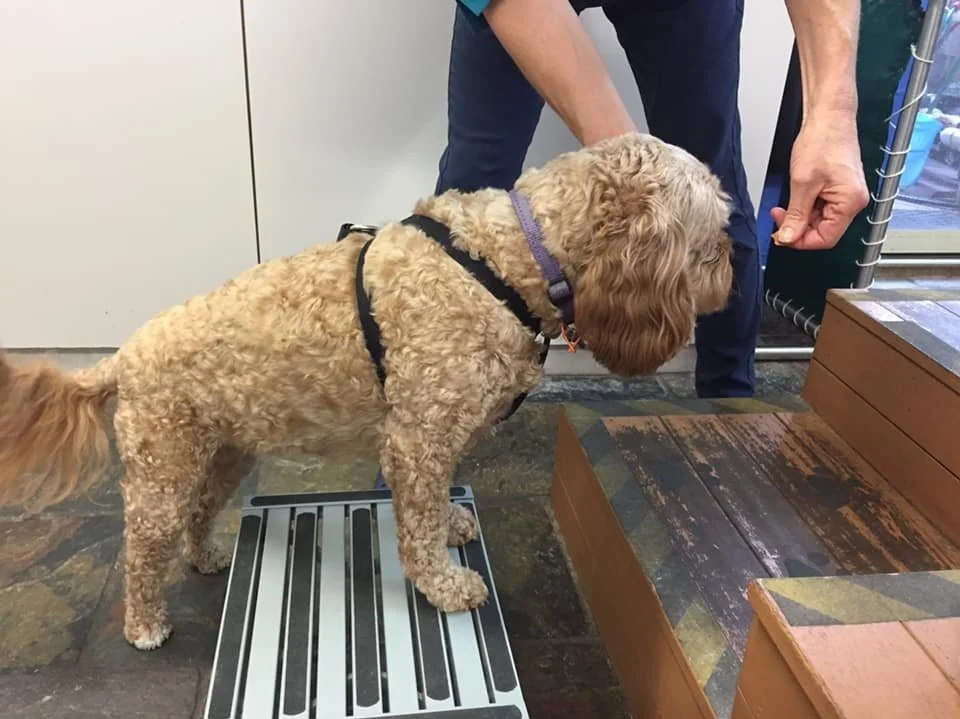As our beloved fur babies age, keeping them moving becomes more important than ever. Regular, gentle exercise can support your pet’s comfort, mobility, and even their mood.
Controlled Exercise supports:
Muscle tone
Joint flexibility
Healthy weight management
Mental wellbeing
Even short walks, low-impact play, or a few minutes of water walking each week can make a noticeable difference.
The key is consistency.
If you’re short on time for outdoor walks, try gently increasing intensity with short inclines or encouraging your pet to step over low obstacles more frequently.
🧠 Don’t Forget the Brain: Mental Stimulation Counts Too
While physical benefits are clear, regular exercise also plays a big role in keeping your senior pet’s mind sharp. Exploring new environments, sniffing out different smells, or even learning a new trick during play can provide essential mental stimulation. Keeping the brain engaged can help reduce anxiety, prevent cognitive decline, and maintain a sense of purpose for your pet as they age.
🐾 Introduce Specific At-Home Exercises
Sit-to-Stand or Step-up exercises: Encourage muscle engagement in the hind limbs.
Cavaletti Poles: Helps with coordination and joint flexibility.
Figure-Eight Walks: Improves balance and agility.
These exercises can be performed using household items and can be tailored to each pet's ability level.
Simple Exercise Tips for Senior Furbabies
Start Slow: After periods of restricted exercise (if it has been too hot or cold to walk) begin with short walks and increase timing gradually.
Be Gentle on Their Joints: Choose softer surfaces like grass or compacted sand, and try gentle hill work or water walking.
Avoid deep, soft sand at the beach, as it can be tiring for older pets. Instead, wet sand near the shoreline or sand-filled playgrounds offers more stability and is much easier on aging joints.
Be Consistent: A little each day is better than a lot once a week.
Watch and Adjust: If your pet seems stiff or tired after every exercise session, modify the routine and apply heat packs or massage to help with recovery and relaxation.
💡 Don’t Forget to Consult Your Vet or rehab therapist
Before introducing any new activities—especially if your pet has an existing health condition—it’s a good idea to check in with your veterinarian or our team. Tailored plans are always safest and most effective.
🐾 Ready to Help Your Senior Pet Move More Comfortably?
Whether your dog is just starting to slow down or needs support with joint stiffness or post-injury care, we’re here to help. Our gentle, personalised rehab programs are designed to get your pet moving again—comfortably and confidently.
👉 Click here to enquire about our availability and pricing
Or reach out below with your questions—we love hearing about your pets!





